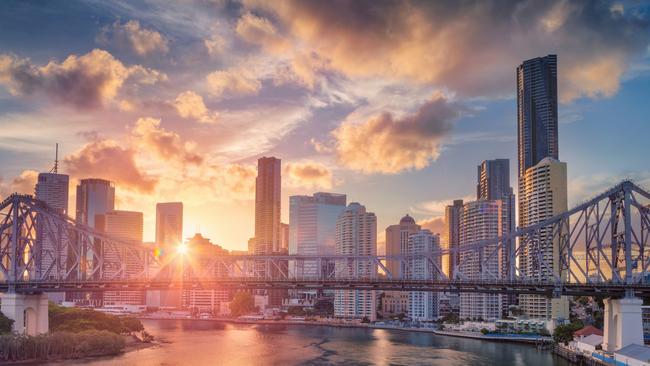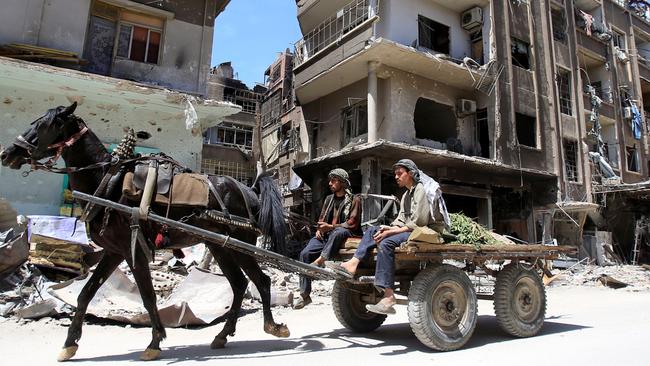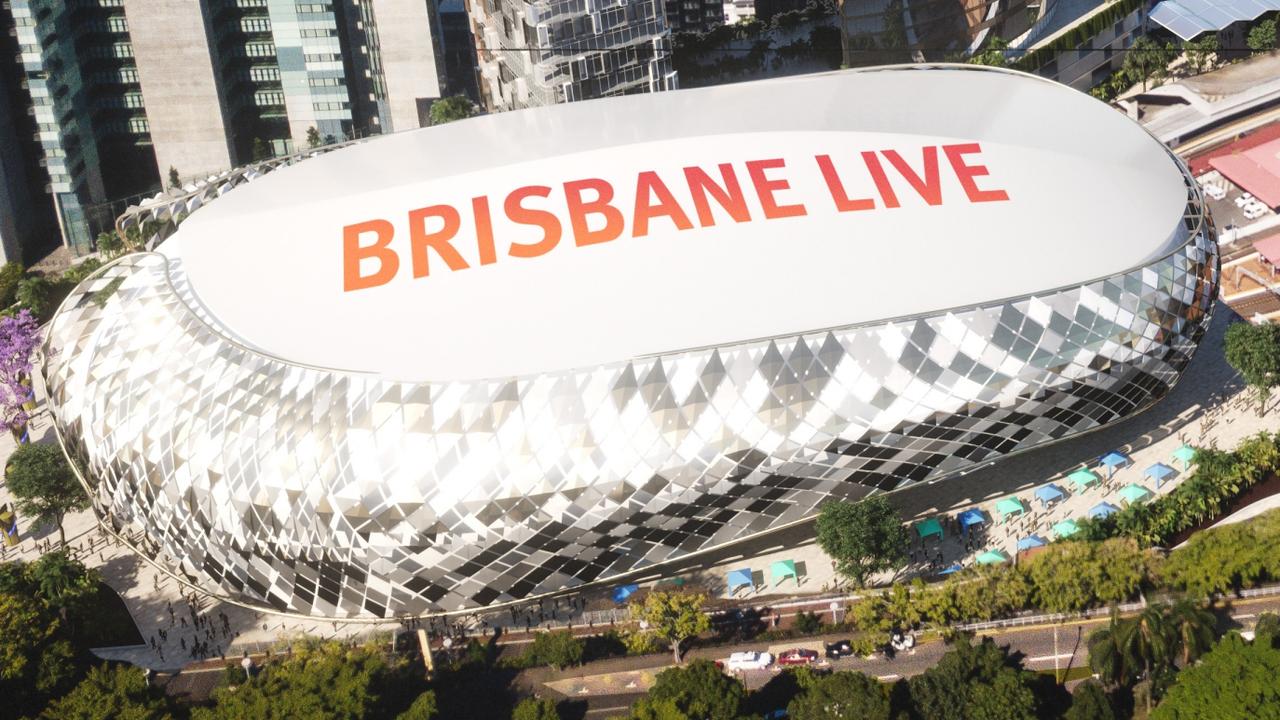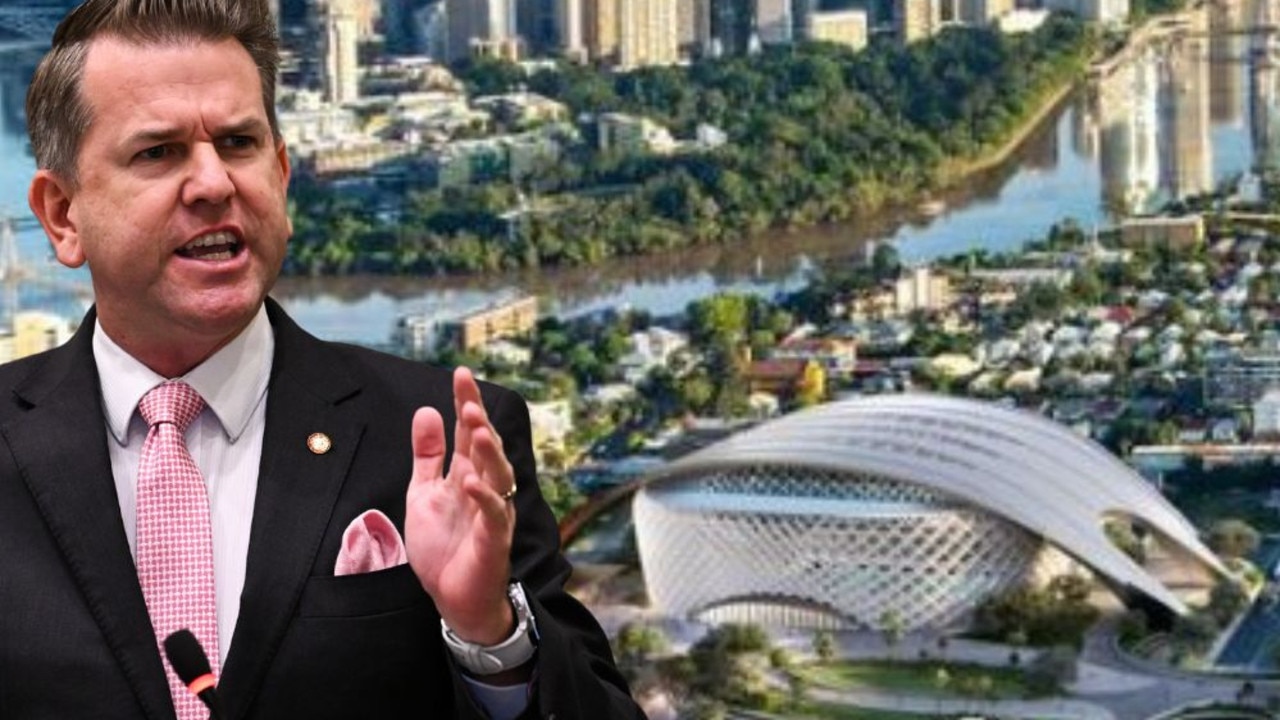Brisbane’s population expected to reach three million by 2030
Brisbane is on track to hit a population of three million people in 10 years, which will have a significant impact on our lives, writes Dan Petrie.
Future QLD
Don't miss out on the headlines from Future QLD. Followed categories will be added to My News.
A funny thing happened last week: Brisbane’s population officially ticked over 2.5 million people.
The river city gained 1.9 per cent in new residents for the period ending June 2020, according to the Australian Bureau of Statistics’ latest population data.
That means that if Queensland’s magnetic population pull continues, Greater Brisbane will be home to three million people within a decade, making it on par with today’s Pyongyang and Kiev.

Globally, the city of Brisbane has now surpassed Damascus in war-torn Syria, which has a population of 2.439 million, to crack the top 200 in terms of world’s largest cities by population, according to the world population review website.
So much for the ridicule that Brisbane is just a ‘big country town’.
But while this milestone may have ticked over without comment, it has significant implications on how we live our lives.
For a region that enjoys a desirable climate and access to beautiful beaches, the growing-pains challenge which comes with three million people will only become more pronounced in years to come.

Our road to Damascus (and beyond) raises important issues about how to meet the property, infrastructure, health and education demands of this booming future Olympic city (fingers crossed).
For those people aspiring to enter a red-hot property market, any number of real estate agents will provide stories of fielding calls from Sydneysiders desperately looking to move north while Australians returning from overseas are also headed straight to Queensland.
The first part of this Sunshine State legend holds some truth, but Sydney and Melbourne continue to be the overseas migrant’s first port of call.
In terms of internal migration, 13,779 people decided to move from other Australian states to live in the Queensland capital.
Brisbane was also the standout relocation spot for those looking to escape Sydney.
Melburnians it seems aren’t as enthusiastic as Sydneysiders about booking the removalist, although 9000 Victorians did part with their coffee-soaked laneways for our humidity and heat last year.
But if you want the true picture of the boom in those wanting to become banana benders, ignore the exaggerating real estate agents and look to Queensland’s anecdotal evidence of swelling school enrolment numbers and tight rental markets.
In 2020, 46,914 moved to the Great Brisbane area with a further 44,883 moving to the Gold Coast and an additional 26,445 now living on the Sunshine Coast.
To break it down even further, that’s a staggering 900 people per week moved to Brisbane in 2020.
Heading south and west of Brisbane provides a glimpse of the wider Ipswich area taking in the Springfield and Forest Lake area and effectively joining the Brisbane-Ipswich corridor.
The suburb of Ripley, which grew by 20 per cent over the last 12 months, has underpinned a growth profile for Ipswich that could conceivably challenge Canberra within a decade; believe it or not!
However, it has been Moreton Bay region that takes in North Lakes, Mango Hill and Murrumba Downs where the population surged by an incredible 33 per cent in the last 10 years.
In terms of our fair city, the suburbs are the place to be according to statistics.
It’s also interesting to note that more than a million people reside in the band covering the southern suburbs, Logan and Ipswich.
Sporting codes eyeing more teams in Brisbane need to look no further than Ipswich and the Moreton Bay for scores of potential fans waiting for their own team to barrack for.
Additionally, a returning overseas diaspora of Queenslanders accounted for more than 16,000 people who have left COVID-hit regions in North America and Europe to return to the safety of home.
The idea of returning to a place many once described as a big country town may sound nice but joining the thousands negotiating school pick-ups, going further out to buy a home and dealing with another big city is for many the new reality.
Choked motorways and the increase in the price of houses may provide a glimpse of the future but the idea of a big country town that many so readily associate with Brisbane is officially over.
Dan Petrie is the chief information officer of data analytics firm, Grafa and a former economic data editor at Bloomberg LP who also goes by the name of Data Dan. Have a data question? Email Dan




